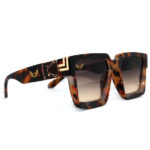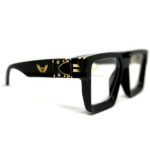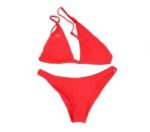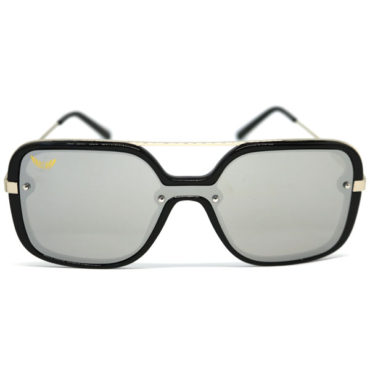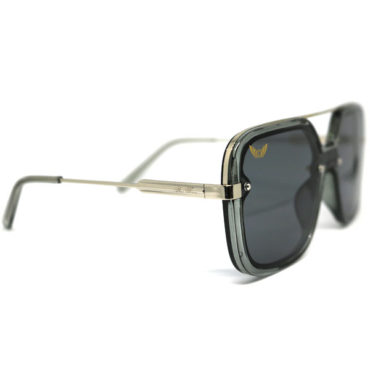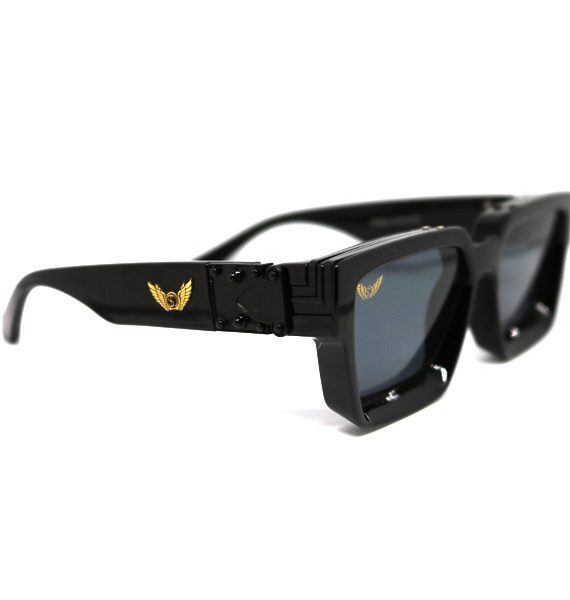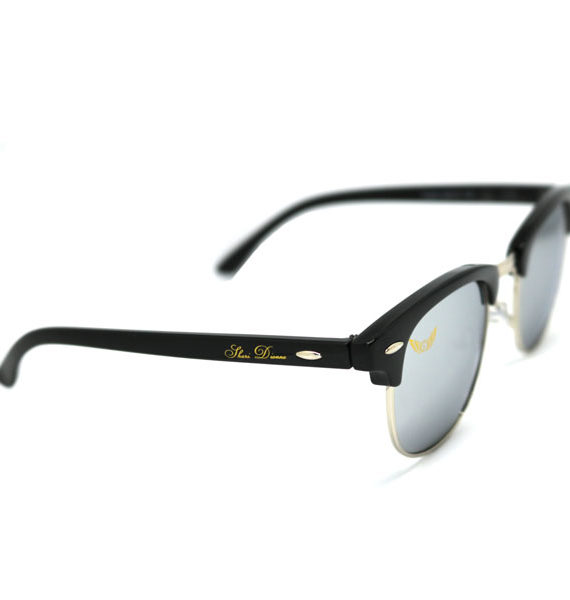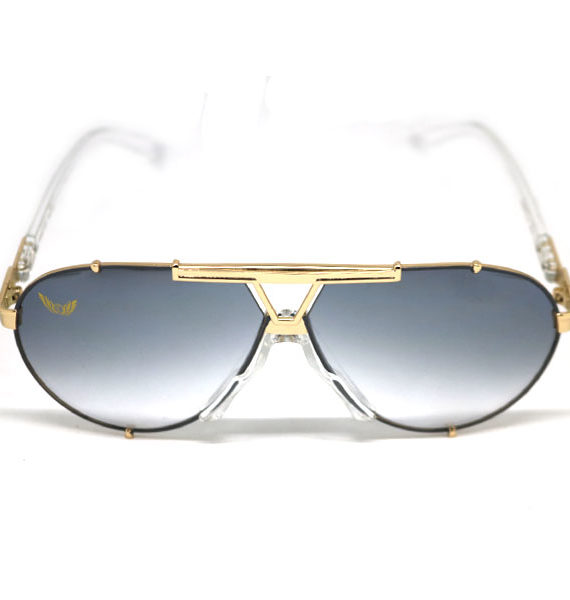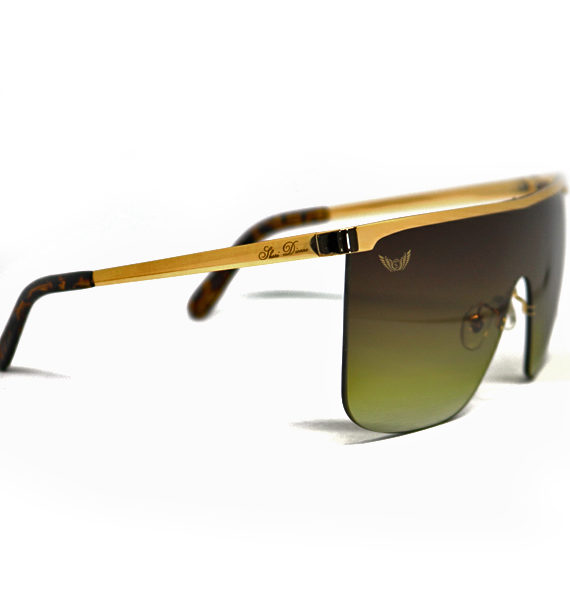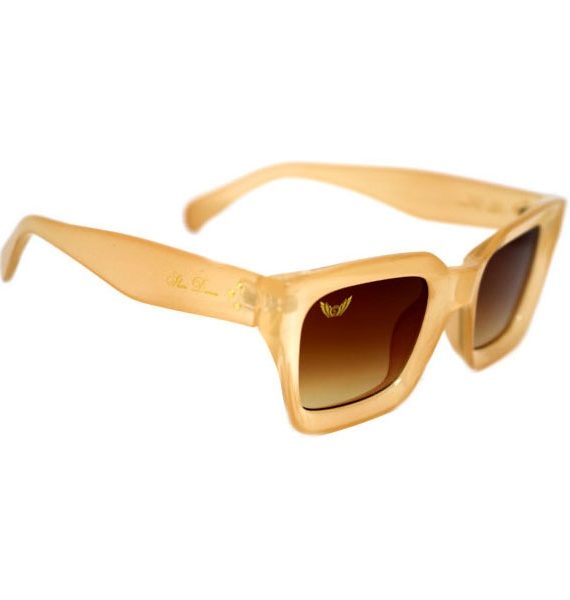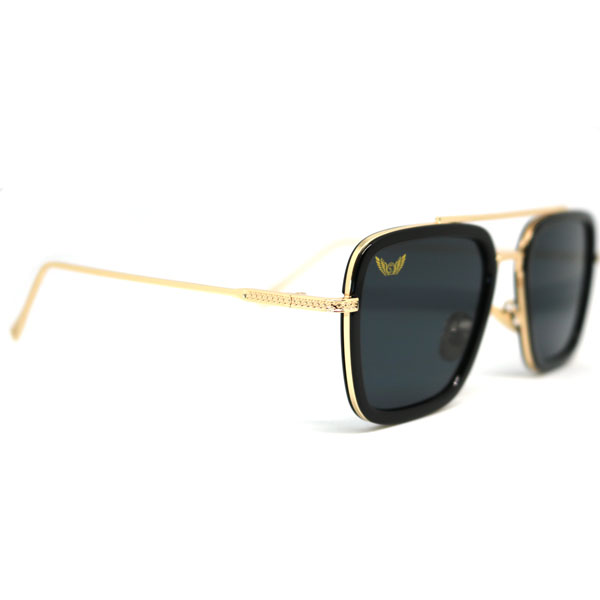UV400 is a vital designation when it comes to sunglasses and their ability to shield your eyes from harmful ultraviolet (UV) rays. By selecting sunglasses labeled as UV400, you are ensuring that they block all light rays with wavelengths up to 400 nanometers. This level of protection is crucial as it effectively blocks 99 to 100% of UV light, safeguarding your eyes and the eyes of your loved ones from the damaging effects of UV radiation.
Taking proactive measures to protect your eyes is essential in preventing vision impairment and eye-related problems. Sunlight, particularly when engaged in outdoor activities like baseball, golf, or any sport without glare, can pose a significant risk. UV400 sunglasses serve as an ideal solution, offering optimal defense against vertical UV light and reducing the potential harm to your eyes. With UV400 shades, you can prioritize both eye protection and style, ensuring your eyes remain shielded in a fashionable manner.
Consider investing in a pair of UV400 sunglasses like the ones offered by Shari Dionne to protect your eyes with utmost care and sophistication. By embracing these sunglasses, you can enjoy your outdoor activities while minimizing the risks associated with UV exposure.
